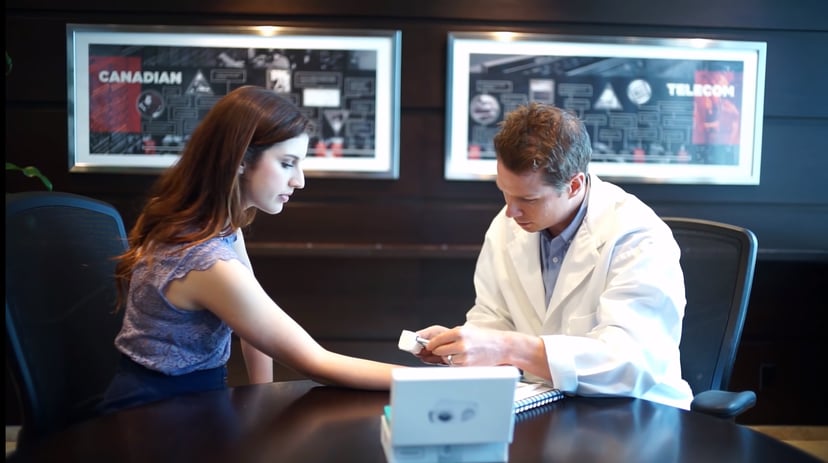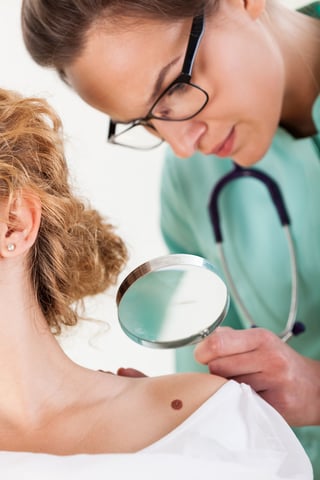A dermoscope is a digital microscope used to magnify the skin through the use of a lens and specialized lighting with the purpose of seeing a clearer view of the skin. The purpose of this device is to encourage medical professionals to notice abnormal or suspicious structures within the skin’s surface that would otherwise be missed or more challenging to identify.
Ideally, the dermoscope will assist the medical professional in the early detection of skin cancer and other serious conditions, thus preventing late stage diagnosis of cases such as melanoma while reducing costs and saving lives. However, much of this seems to be left to speculation or assumptions- what do studies suggest?
Findings demonstrate that dermoscopy diagnoses are up to 35% more accurate than clinical diagnoses without the use of a dermatoscope. Clearly, this is a percentage that has a measurable difference on patient health outcomes along with the early detection of serious skin conditions. Further, research goes on to demonstrate that practicing dermatoscopy allows professionals to be able to detect 92% of melanomas immediately.2
These statistics alone suggest that a dermatoscope is an essential tool not only for accurately identifying skin conditions, but for the immediate early detection of melanomas as well. Seeing as the use of this device offers up to 35% more accurate diagnoses, it can be deduced that the detection of late stage melanoma cases will be reduced. This will lead to lowered costs for patients and doctors alike (with stage IV costs as high as $156,000 versus $14,000 for stage I), leading to a lower level of required care, fewer follow up appointments, and unnecessary in-clinic visits.3
Based on the research stated above, studies demonstrate that dermoscopes are indeed a reliable and effective method for increasing clinical diagnoses (in contrast to the use of no imaging device) as well as enhancing the detection of melanomas. As such, this suggests that a digital dermoscope is an indispensable tool for every dermatologist’s practice and could have a significant impact on the early detection, continued health and well-being of patients in the community.
In part two of this article, we will bridge these concepts of diagnosis accuracy to determine the cost effectiveness of using this device. Additionally, the following article will discuss how the practice of dermatologists can be enhanced through pairing dermoscopy with advanced tools like total body photography, teledermoscopy, clinical decision support tools powered by artificial intelligence (AI), and dermatology EMR services.
-The MetaOptima Team
Are you interested in learning more about how a mobile dermoscope such as MoleScope II will optimize your practice? Sign up for a demo today!





